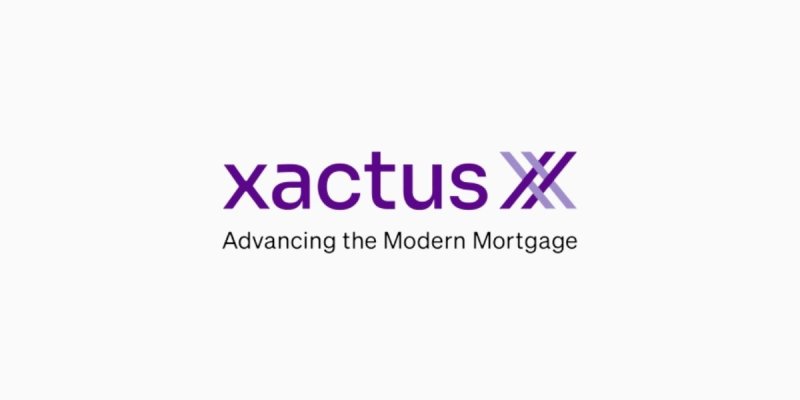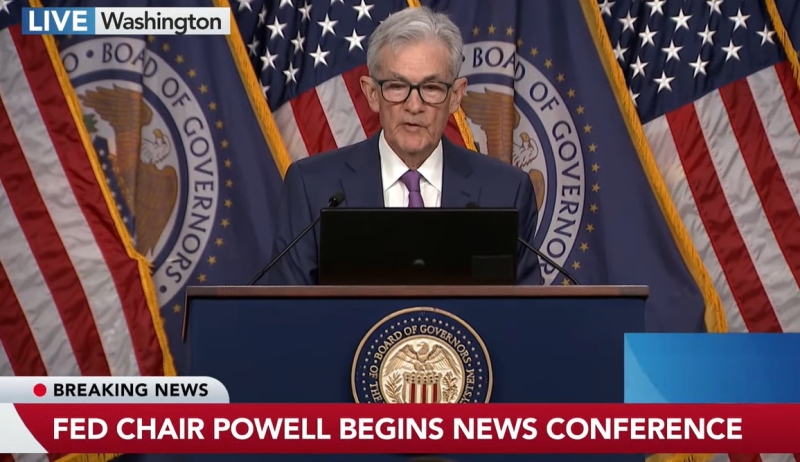
ATTOM: Lower Income Areas Keeping Up With Broader Trends

Median home values dropped in over half of ATTOM's targeted Opportunity Zones in the U.S. in Q4 2023.
- While prices generally decreased across the nation as a whole, a slightly larger portion of Opportunity Zones saw significant price increases in Q4.
Median single-family home and condo prices dropped from the third quarter of 2023 to the fourth quarter of 2023 in 52% of Opportunity Zones– low-income areas targeted by Congress for economic redevelopment in the Tax Cuts and Jobs Act of 2017.
That’s per ATTOM’s Q4 2023 report, which looked at 3,667 zones around the United States with sufficient data to analyze, meaning they had at least five home sales in the fourth quarter of 2023.
These price declines, observed in and around economically distressed neighborhoods eligible for federal tax incentives aimed at stimulating economic growth, mirrored national housing market trends as the decade-long housing boom showed signs of deceleration.
The latest trends perpetuate a consistent pattern of home values within Opportunity Zones aligning with broader national trends in gains and losses over the past three years, reflecting the fluctuating economic conditions in some of the nation's most disadvantaged communities alongside trends in other markets nationwide.
Opportunity Zones displayed slightly more resilience than other areas across the country during the fourth quarter of the previous year. For example, while prices generally decreased, a slightly larger portion of Opportunity Zones saw significant price increases in the fourth quarter compared to other locations around the U.S.
“The fourth quarter of last year certainly wasn’t a great one for Opportunity Zone home values, with more losses than gains. But within the bigger picture, those areas keep riding national coattails, whether home values are going up or whether they are going down. Nothing jumped out as much worse than what happened throughout the nation,” said Rob Barber, CEO of ATTOM. “This has clearly become an extended story as the zones continue to attract home-buyer interest in a very tight housing market. More broadly, it also shows the kind of economic strength inside Opportunity Zones that the legislation is designed to use as a springboard to attract investors.”
What Are “Opportunity Zones”?
Opportunity Zones are defined in the Tax Act legislation as census tracts in or alongside low-income neighborhoods that meet various criteria for redevelopment in all 50 states, the District of Columbia and U.S. territories. Census tracts, as defined by the U.S. Census Bureau, cover areas that have 1,200 to 8,000 residents, with an average of about 4,000 people.
Typical home values in most of those neighborhoods continued to fall well below those in other markets around the nation during the fourth quarter of 2023. Median fourth-quarter sales prices were less than the U.S. median sales price of $333,000 in 79% of Opportunity Zones – about the same portion as in earlier periods over the past year. In addition, median prices remained under $200,000 in 51% of the zones during the fourth quarter of 2023.
Considerable price volatility also remained in place inside the zones, with median values either dropping or increasing by at least 5% in almost three-quarters of those locations from the third quarter of 2023 to the fourth quarter. That again likely reflected the small number of sales in many zones.
Other highlights of the report:
- Median prices of single-family homes and condominiums decreased from the third quarter of 2023 to the fourth quarter of 2023 in 1,729 (52%) of the Opportunity Zones around the U.S. with sufficient data to analyze, while staying the same or increasing in 48%.
- In one sign that Opportunity Zones again did a bit better than the rest of the country, median prices grew quarterly by at least 5% in a higher portion of those areas. Typical values went up at least that much quarterly in 38% of Opportunity Zones with enough data but in just 33% of other neighborhoods around the U.S.
- Among states that had at least 25 Opportunity Zones with enough data to analyze during the fourth quarter of 2023, the top three largest portions of zones where median prices decreased quarterly were in Kentucky (medians down from the third quarter of 2023 to the fourth quarter of 2023 in 66% of zones), Minnesota (65%) and Arizona (62%).




